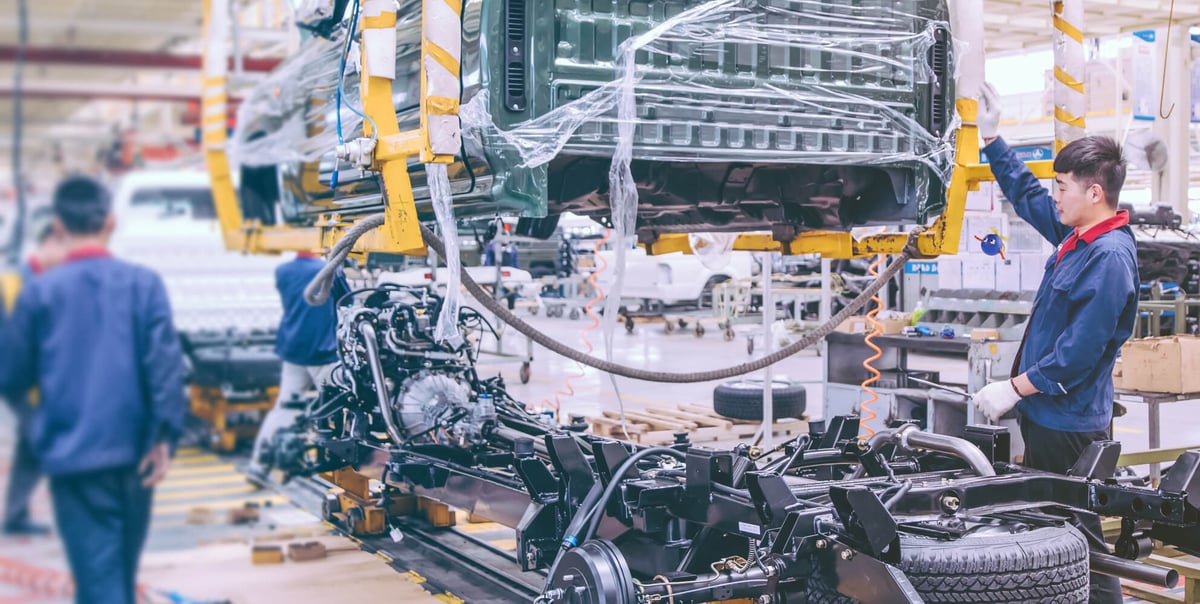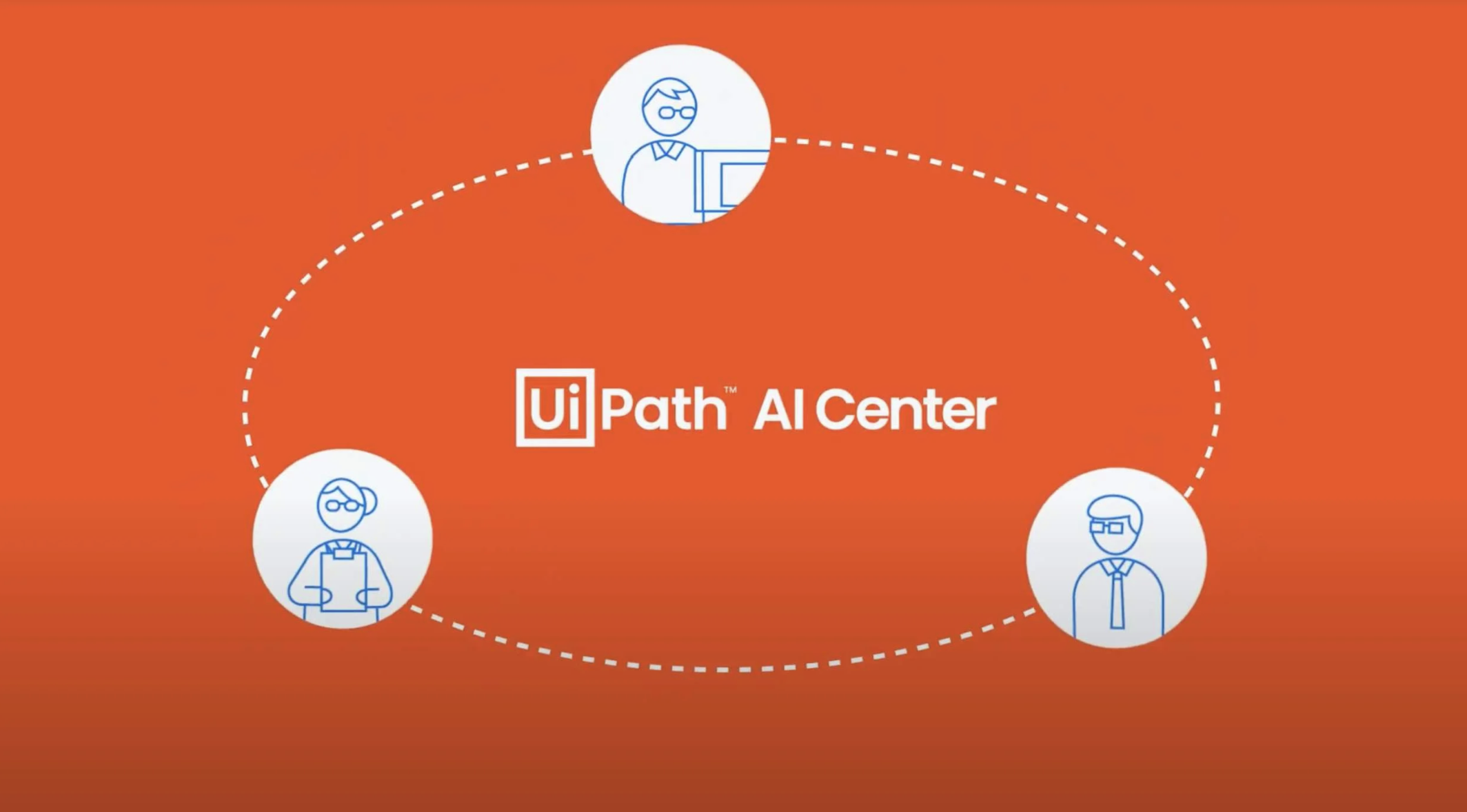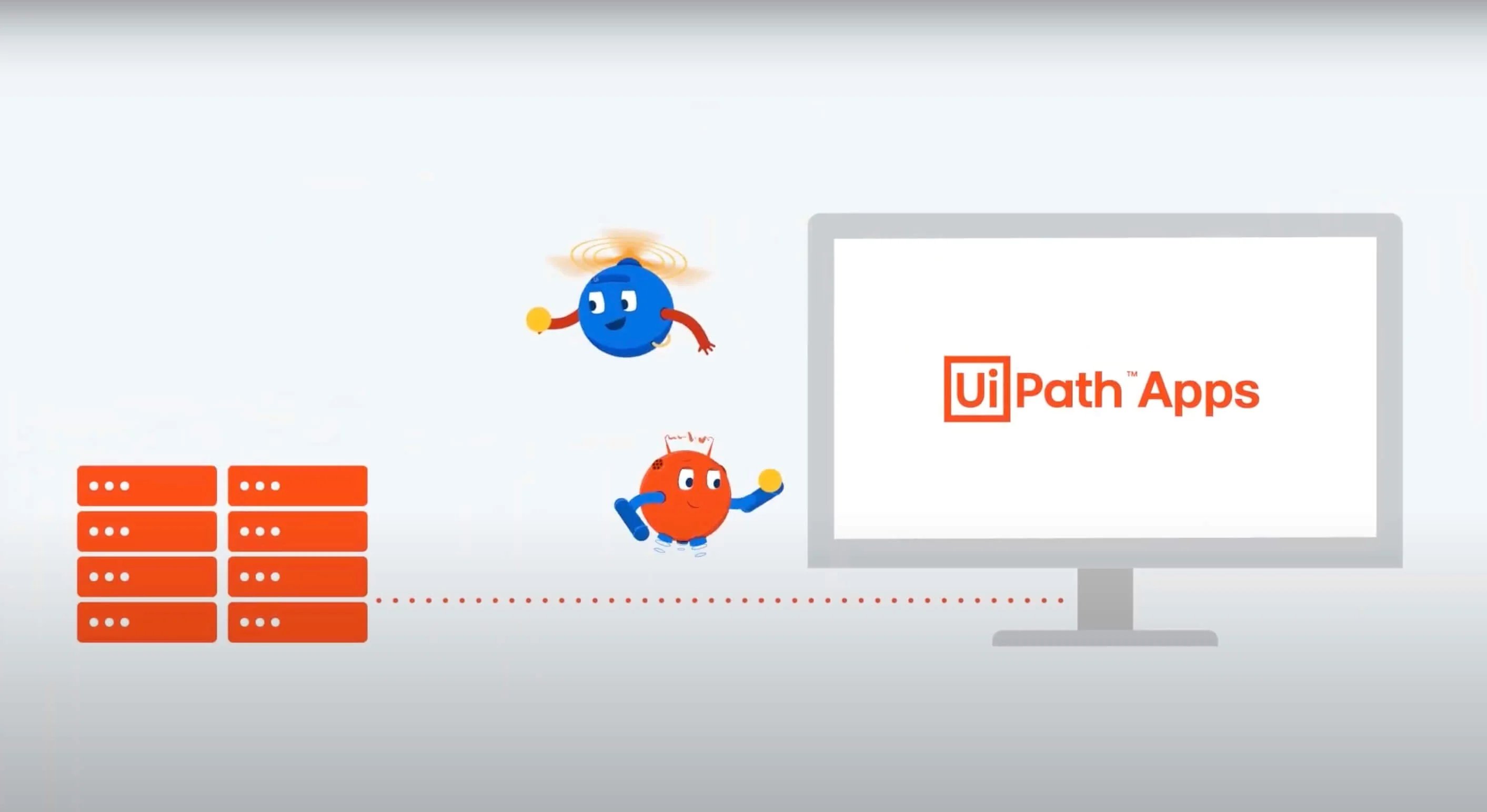Bringing AI and Robotic Process Automation to Manufacturing

For several decades now, the terms “automation” and “manufacturing” have gone hand in hand. Manufacturing technology has been synonymous with searching for ways to automate the various small and big activities in the value streams that convert raw materials to finished goods, and from finished goods to delivered value for the consumers. In fact, the earliest usage of robots were physical robots that brought automation into manufacturing production lines.
However, when compared to other industries like banking, financial services, insurance, and retail, the manufacturing industry has been slower to deploy software automation in core manufacturing processes of production, operations, and maintenance.
There have been significant "Industry 4.0" initiatives and investment has gone in the areas of internet of things (IoT)-enabled condition monitoring and predictive maintenance, remote monitoring, and autonomous vehicles, but not much in automating manufacturing processes and tasks via software robots.
There's huge potential in improving productivity and efficiency by automating (via software robots) several of these operations, freeing time and resources for more value-added tasks.
Operating in this context, IT service providers have so far made limited progress in bringing robotic process automation (RPA) and artificial intelligence (AI) use cases to the core operations of the manufacturing sector. From conversations with clients and partners, we see that the focus has predominantly been on horizontal functions of the enterprise. This includes use cases in the functions of finance and accounting (F&A), sourcing and procurement (S&P), human resources (HR), etc.
Although organizations have reaped much success by automating these functions, RPA and AI can have a deeper impact when applied to core manufacturing processes directly influencing the business’ key performance indicators (KPIs). Combining RPA and AI can accelerate digital transformation in the enterprise.
Beyond traditional use cases, we believe there are two clear areas in which IT service providers can work with their clients to deliver truly transformational value with the UiPath Platform.
#1 UiPath Platform provides capabilities to seamlessly build and introduce AI models into automation workflows.

In each of the examples below, using AI and machine learning (ML) is part of an overall automation workflow. The output of the AI (or ML) model triggers a sequence of steps handled either by a bot on its own or in conjunction with a human employee.
Demand planners can use statistical forecasting models to prepare accurate demand plans
Maintenance managers can build predictive maintenance models to monitor and update maintenance plans
Quality assurance (QA) managers can deploy image recognition AI models to monitor product quality on the production line
Customer success managers can leverage AI-based sentiment analysis models to analyze customer feedback and take proactive steps to reduce churn
Marketing managers can use customer segmentation models to create personalized offers
#2 UiPath Apps provides unified screens which can entirely transform the way employees interact with applications to do their daily jobs.

UiPath Apps allows you to quickly create beautiful and friendly user interfaces (UIs) without replacing your existing systems and applications. It is like creating dashboards of metrics and actions together, using automation to trigger requests and actions in backend applications. Consider the following example of an automated shipping hub.
A dashboard captures operational metrics such as:
Items sent by sea
Items sent by air
Items sent by land
Expedited items
Expedited fees
Within the automated shipping hub, buttons trigger actions such as:
Creating a request for an item
Changing shipping priority
Marking an item as hazardous
Managing vendor master data
The possibilities are virtually limitless with UiPath—a single, seamless, end-to-end platform for automation.
On-demand webinar: Automation for Manufacturing with UiPath
On the one hand, the platform enables the lifecycle that goes from analyzing and discovering process bottlenecks, to zooming in on automation opportunities and implementing automation. On the other hand, it provides the ability to run the entire 'train, test, deploy, execute, and retrain' lifecycle that is so essential to marrying AI and ML with RPA.
Getting started on your automation journey
UiPath provides the ability to use out-of-the-box ML models. Additionally, our platform provides the ability to deploy and seamlessly use custom-built or third-party models with the same ease and effectiveness. Having all these capabilities on a single platform provides the advantages of rapid time to market, lower implementation and maintenance costs. All of which result in higher realized value. IT service providers can thus deliver significantly more value to their clients in shorter time periods.
In practical terms, IT service providers can start with the traditional use cases of F&A, S&P, HR, etc. for those clients that are yet to start their automation journey. After having established some early successes, the next significant step can be to address more complex use cases in vertical functions as described above, working through a mutually agreed upon and well-structured roadmap. For clients that are already a fair way along their automation journey, IT service providers can move straight to industry-specific cases (such as those outlined above).
Get the white paper: "Charting The Automation Journey: A 3-Stage Model"
Real-life examples of manufacturing automation
Here are a few examples where we have helped manufacturing clients realize transformational business value:
Schneider Electric streamlined its supply chain for the distribution of personal protective equipment (PPE) kits during the COVID-19 health crisis. They reduced order processing time from four hours to two minutes.
Uber utilized automation to improve regulatory compliance in its operations and enhance customer service. Uber has saved an estimated $10 million annually with over 100 automations.
A North American truck manufacturer saved more than half a million dollars annually by automating component testing as part of its truck assembly process. Our partner, Atos, developed an RPA solution to test faulty electronic control units (ECUs) on the production line.
See other success stories and use cases on our manufacturing automation page.
This blog post is co-authored by Rohit Kumar, a Domain Expert (Telecommunications, Manufacturing, Oil and Gas) at UiPath.

Senior Director, UiPath
Get articles from automation experts in your inbox
SubscribeGet articles from automation experts in your inbox
Sign up today and we'll email you the newest articles every week.
Thank you for subscribing!
Thank you for subscribing! Each week, we'll send the best automation blog posts straight to your inbox.



